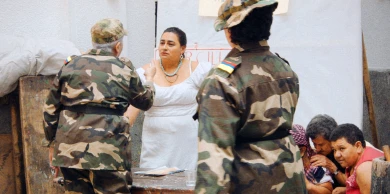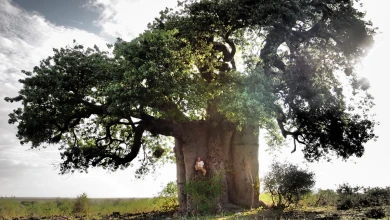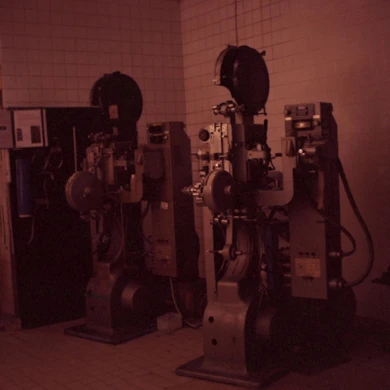The work of Pablo Picasso has been considered one of the most vitalist and categorical affirmations of modernity. The unpredictable volition of the free author, the public exhibition of the painter’s intimate sphere and the ascent over any prior historical model, including the historical avant-garde movements, contributed to strengthening the Promethean myth of the modern artist. This seminar, held in conjunction with the exhibition Pity and Terror. Picasso’s Path to Guernica at the Museo Reina Sofía, asserts that Picasso’s contemporary relevance, and modernity’s, does not respond to these obvious and recurring arguments; it responds on the contrary to the artist’s ability to connect with the meaning and experience of a time which distinguished a large part of the 20th century.
Devastation, catastrophe, annihilation and mass destruction, words eminent 20th century historians such as Eric Hobsbawn and Tony Judt predominantly applied in their descriptions of the past centennial inside an extensive and long cycle of modernity. These descriptions all come into force with the appearance of the overwhelming and implacable machine used at the service of modern warfare. This machine has been represented and characterized by the imagery and effects of the bomb, both in the total and remote destruction from the air, and by the appearance of the notion of “collateral damage” instead of “victim”. One of the most significant examples of this implacable destructive apparatus is the Basque town Gernika being razed to the ground in 1937, prompting Picasso to react by painting the modern icon that still flutters on the streets of Syria, Palestine and Irak, recent examples of other modern aerial deaths. Guernica, and its universal scope, is also interpreted as a cul-de-sac in the historical relationship between the avant-garde and social reality and, therefore, as a monumental and isolated work in Picasso’s broad artistic production.
This seminar, in taking up the theories set forth by the exhibition, upholds that the symptom of war and its pathology on the body, psyche, and space inhabited Picasso’s work for a long period of time before and after 1937. For instance, they are more conspicuous in the physical mutilations of the female figure, the militarised bodies, the progressive disappearance of private space in the bourgeois interior, the monstrous and innocent creatures that bear sharp and destructive extremities… characteristics of the artist’s painting in the preceding years, which largely depict a world of pleasure and menace, carnal excess and profane sacrifice, culminating in Guernica. The seminar will be structured into four parts: on one side, an encounter between T. J. Clark, Anne Wagner, the show’s curators, and Rosario Peiró focused on the exhibition and, on the other, three conferences conducted by Charlie Miller, Nancy Berthier and Eugenio Carmona, who will examine, respectively, the relationship between Picasso, Documents journal and Georges Bataille, the influence of the mass media information (cinema and photography), and the impossibility of unambiguously “interpreting” Guernica.
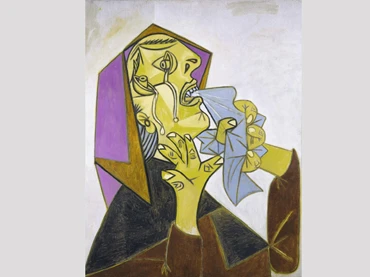
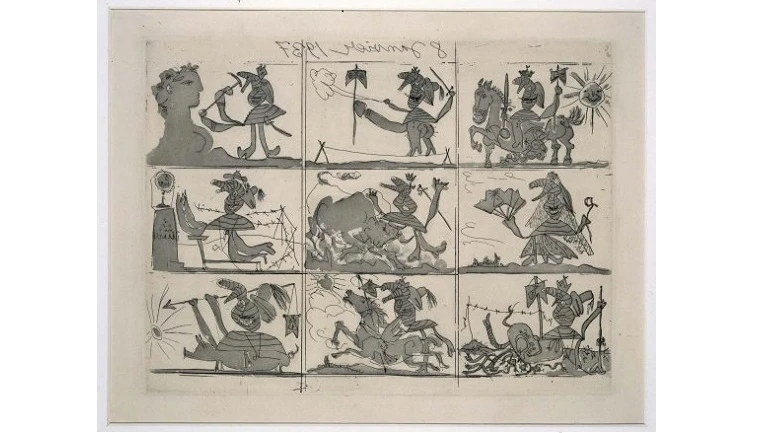
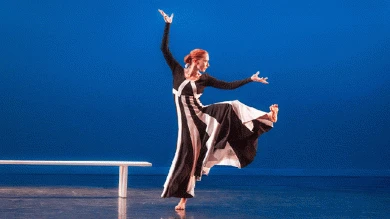
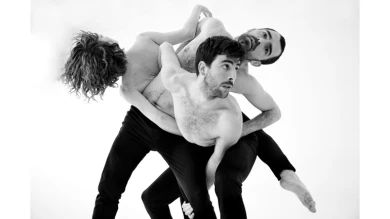
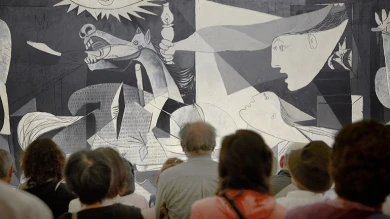
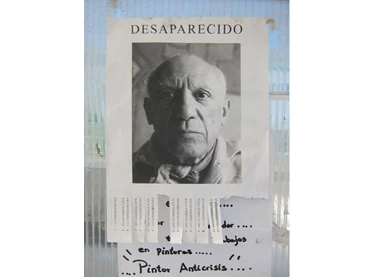





![Miguel Brieva, ilustración de la novela infantil Manuela y los Cakirukos (Reservoir Books, 2022) [izquierda] y Cibeles no conduzcas, 2023 [derecha]. Cortesía del artista](https://recursos.museoreinasofia.es/styles/small_landscape/public/Actividades/ecologias_del_deseo_utopico.jpg.webp)
![Ángel Alonso, Charbon [Carbón], 1964. Museo Reina Sofía](https://recursos.museoreinasofia.es/styles/small_landscape/public/Actividades/perspectivas_ecoambientales.jpg.webp)


